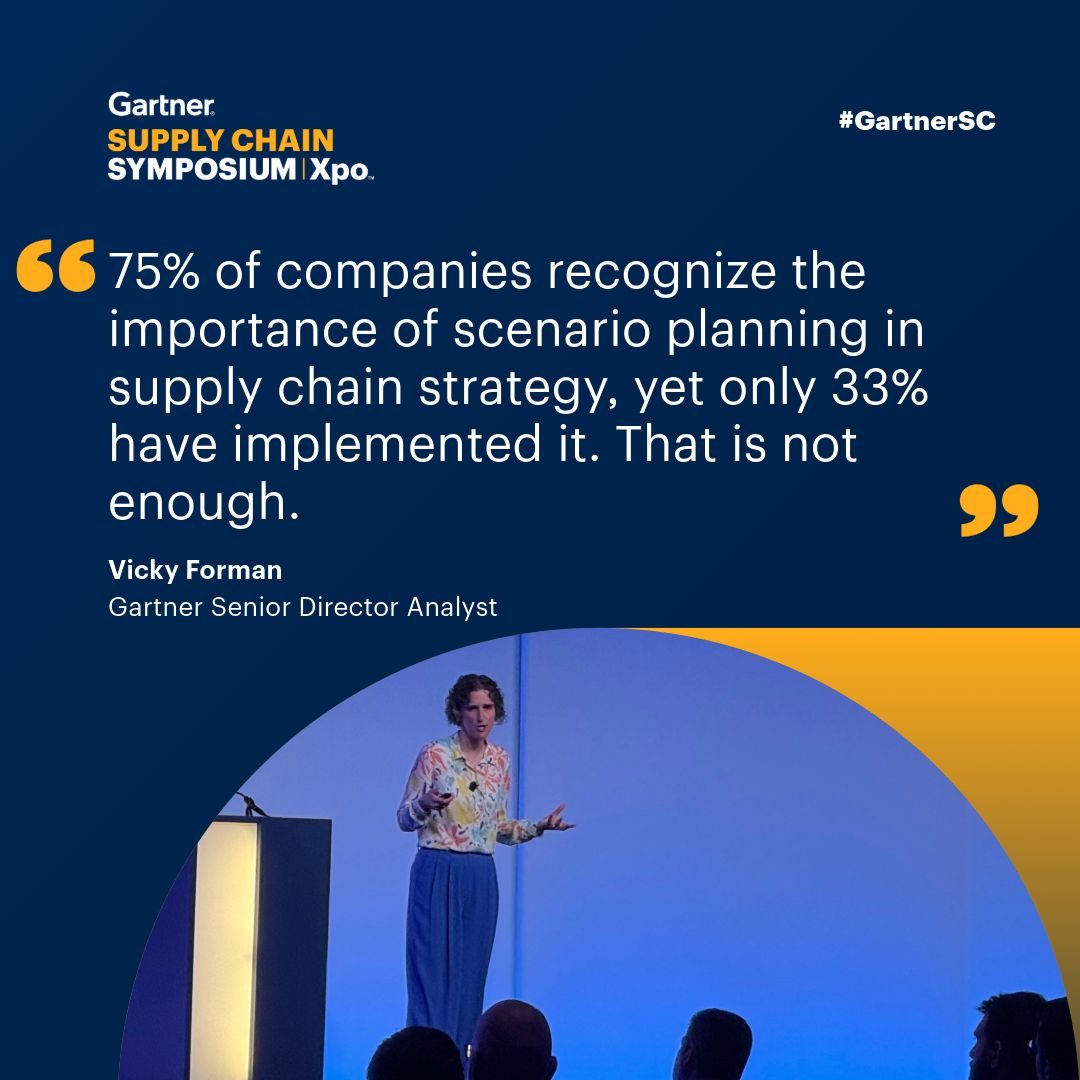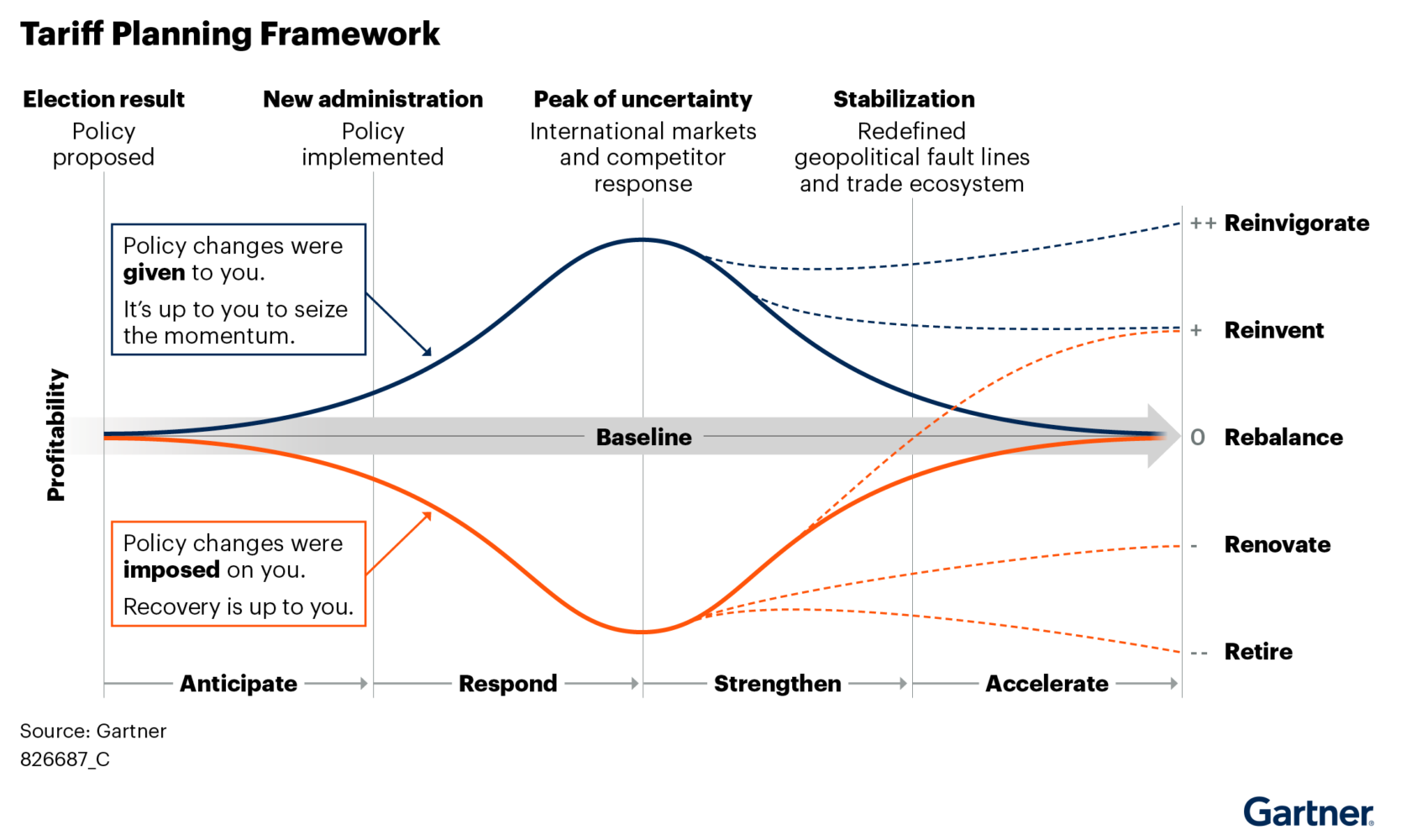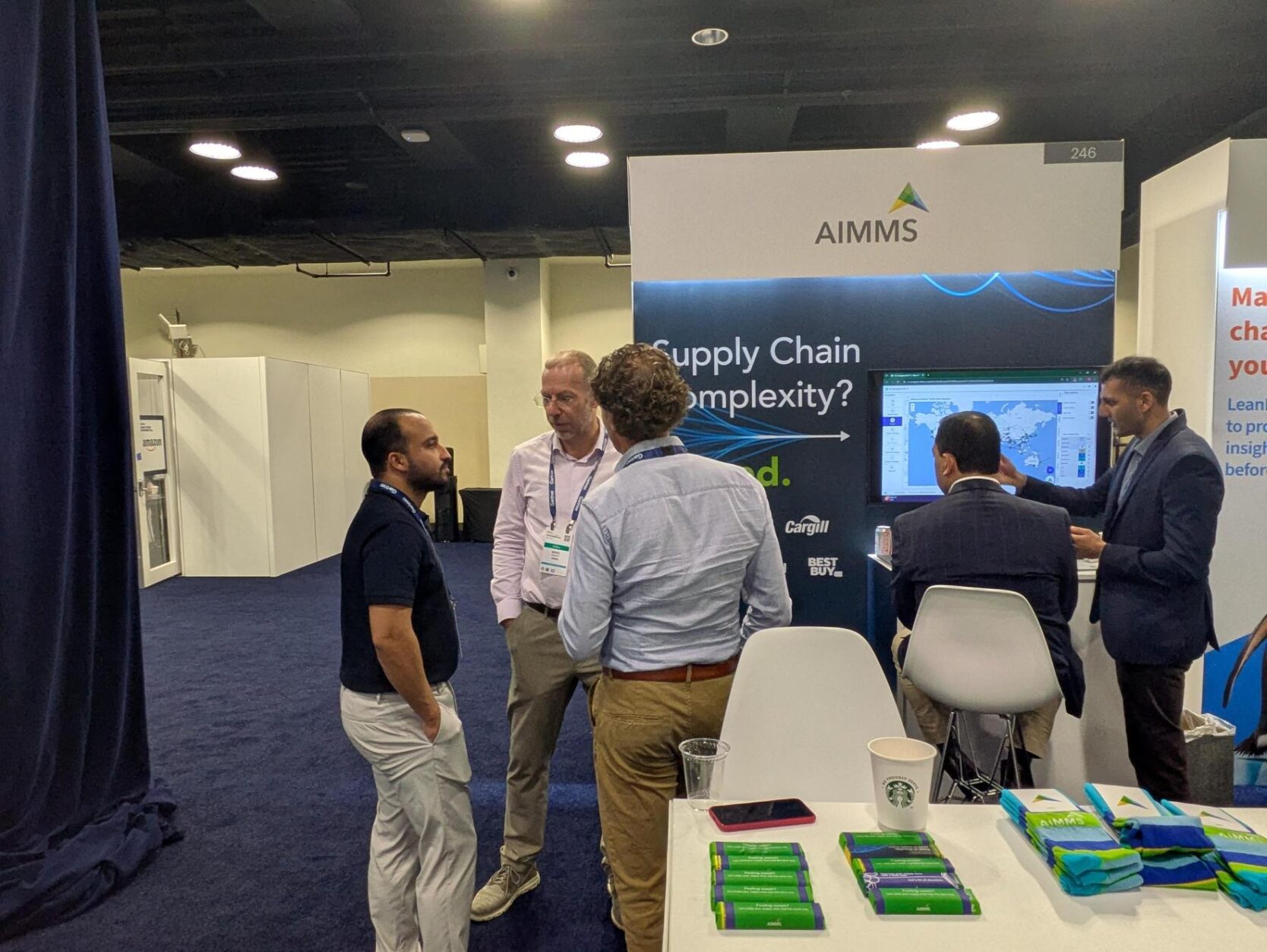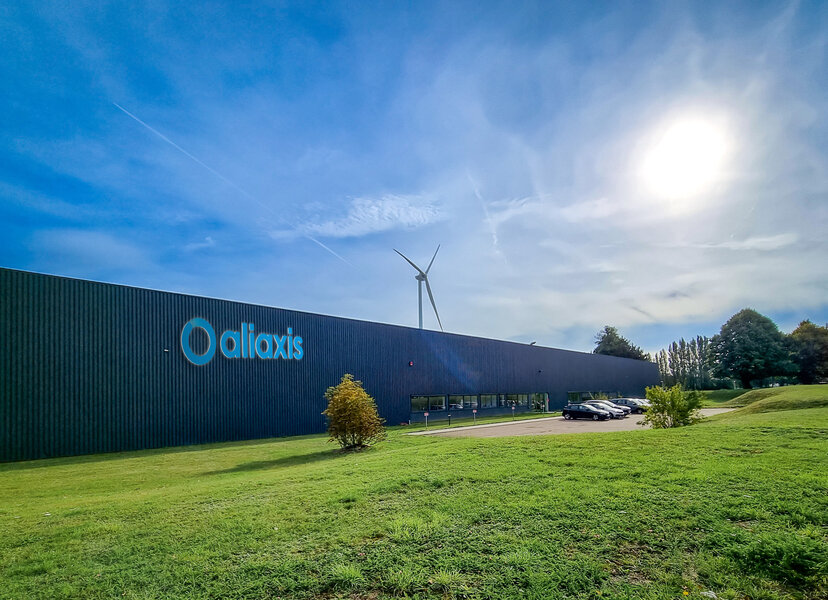Tariffs Dominate Dialogue at Gartner SC Symposium in Orlando
The 2025 Gartner Supply Chain Symposium in Orlando arrived at a pivotal moment for the global economy. With the announcement of new U.S. tariffs, supply chain leaders found themselves facing a dramatically altered landscape-one marked by volatility, complexity, and opportunity.
The theme was clear: mastering tariff management is now a strategic imperative, not a tactical afterthought.
Ken Chadwick’s keynote at the conference zeroed in on the relentless rise of uncertainty in global markets, urging supply chain leaders to pivot from reactive to proactive strategies. He advocated for scenario planning using digital business models, enabling organizations to simulate the effects of unpredictable factors like shifting tariffs on everything from lead times to profitability. By stress-testing multiple scenarios, companies can build resilience and agility, ensuring they’re ready for whatever comes next.
Analysts also noted a surge in sophisticated data utilization, with more vendors offering platforms for masked, aggregate analysis across retail giants and regions. This evolution in data-driven insight, combined with advanced risk and scenario planning, marks a significant leap forward in how supply chains are preparing to thrive amid mounting uncertainty.
Vicky Forman, one of our most constructive supply chain analysts, had a similar take on the potential of scenario planning to tackle these modern issues.

The Tariff Shock: Complexity and Opportunity
The new tariffs-targeting goods from China, Canada, Mexico, and other key trading partners-have introduced unprecedented price volatility and logistical complexity. For many businesses, the immediate instinct is to pass increased costs to customers, a strategy cited by 45% of supply chain leaders according to a recent Gartner survey.
However, this approach carries risks: 75% of leaders also flagged declining customer demand and potential international retaliation as top concerns, underscoring the need for more nuanced, long-term tariff strategies.
Five Gartner Pathways for Competitive Advantage
Gartner analysts outlined five strategic responses to tariff volatility, urging leaders to move beyond reactive cost management:

The figure illustrates five strategic pathways that supply chain leaders and executives should consider in response to ongoing tariff volatility: Retire, Renovate, Rebalance, Reinvent, and Reinvigorate. These pathways guide organizations through a spectrum of responses, from exiting unviable product lines (Retire), updating or adjusting products to maintain competitiveness (Renovate), and recalibrating operations in anticipation of further policy shifts (Rebalance), to proactively investing in new markets or capabilities (Reinvent) and leveraging early advantages to strengthen market position (Reinvigorate).
The framework emphasizes that tariff volatility is a multi-year, dynamic challenge requiring scenario planning and material business investment, with the most successful organizations being those that use this disruption as an opportunity to build new competitive advantages rather than remaining static or purely defensive.
Strategic Pathways for Tariff Management
These are the key strategic directions that were mostly discussed in the conference this year.
1. Supply Chain Diversification and Resilience
- Reshoring and Nearshoring: Moving production closer to end markets reduces tariff exposure and enhances control. While this requires upfront investment, it pays dividends in agility and risk mitigation.
- Supplier Diversification: Overreliance on a single region is a liability. Leading organizations are rapidly qualifying alternative suppliers in non-tariffed regions, though this process demands robust vetting and capacity-building.
- Tariff Engineering: Adjusting product design or sourcing alternative materials can lower tariff obligations. Collaboration with trade and customs experts is essential to ensure compliance and optimize cost structures.
2. Technology and Process Automation
- Scenario Planning and Predictive Analytics: Leveraging advanced analytics for scenario planning allows organizations to anticipate potential countermeasures and adapt strategies proactively.
- Enhance Visibility and Agility: Real-time supply chain visibility tools and dynamic pricing models are critical for navigating volatile tariff environments and adjusting quickly to disruptions.
3. Legal, Regulatory, and Customs Optimization
- Leverage Free Trade Agreements (FTAs): Staying abreast of changes to agreements like USMCA enables companies to maximize tariff reductions or exemptions.
- Utilize Foreign Trade Zones (FTZs) and Duty Drawbacks: FTZs allow for deferral or reduction of tariffs by storing or assembling goods before they enter the domestic market. Duty drawback programs enable the recovery of duties on re-exported goods, but require meticulous documentation and compliance.
- Customs Valuation Strategies: Accurate classification and valuation can minimize duties. Strategies such as the First Sale for Export can further improve cost efficiency.
The Holistic Approach: Future-Proofing the Supply Chain
The consensus at the Symposium was unequivocal: organizations must adopt a holistic, proactive approach to tariff management. This means integrating customs planning, sourcing, logistics, pricing, and technology into a unified strategy that prioritizes agility and resilience. The era of ultra-lean, just-in-time supply chains is giving way to models that emphasize flexibility, buffer stocks, and rapid onboarding of new trading partners.
What can AIMMS do?
Here’s how supply chain leaders can model tariffs using SC Navigator.
The Gartner Supply Chain Symposium made it clear: in the age of tariff turbulence, optimization is not just about cost- it’s about resilience, agility, and sustained growth.

Curious to explore more about the impact of tariffs on modern supply chains? Get your copy of “Trump’s Trade Tightrope: A Global Supply Chain Outlook” report.





